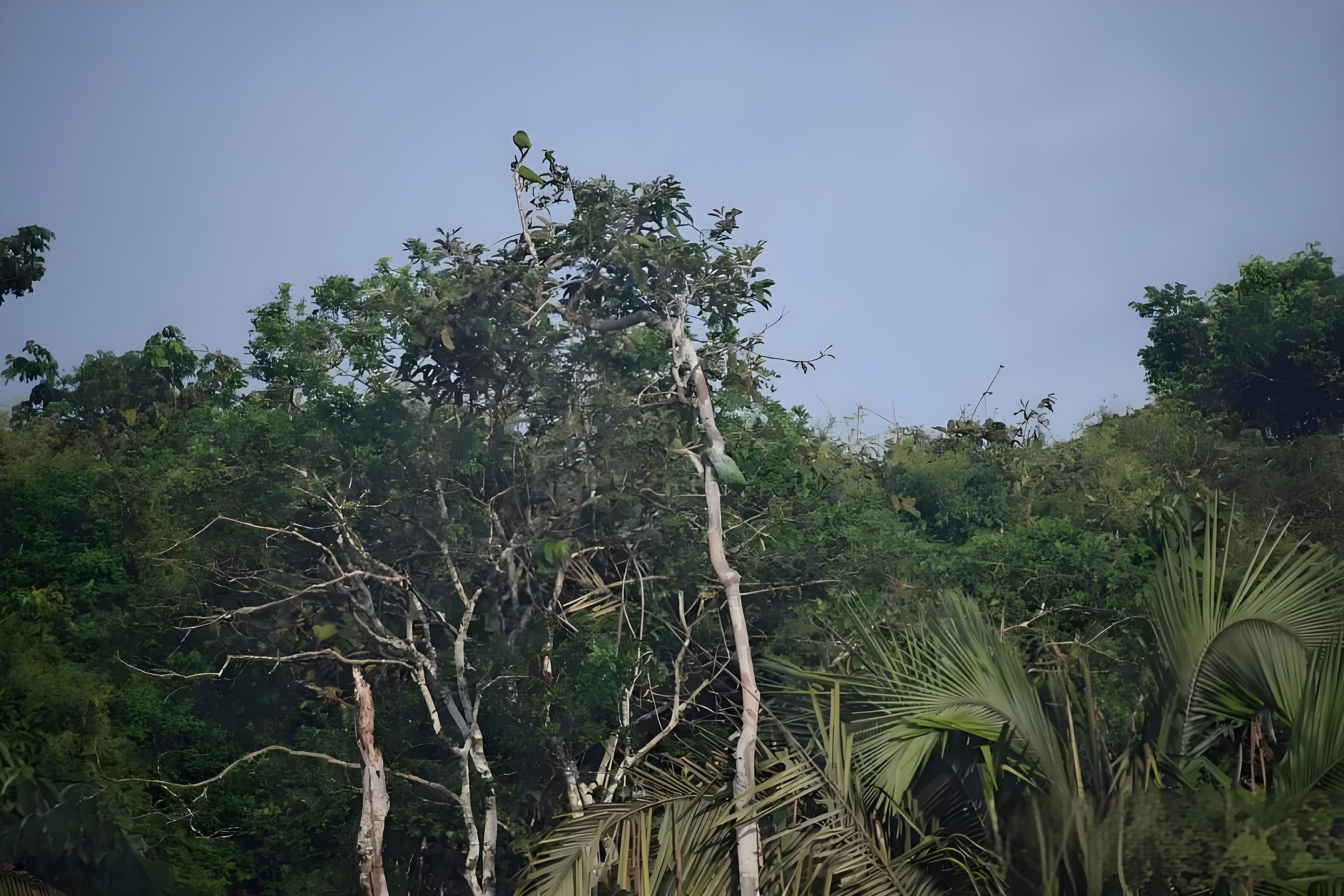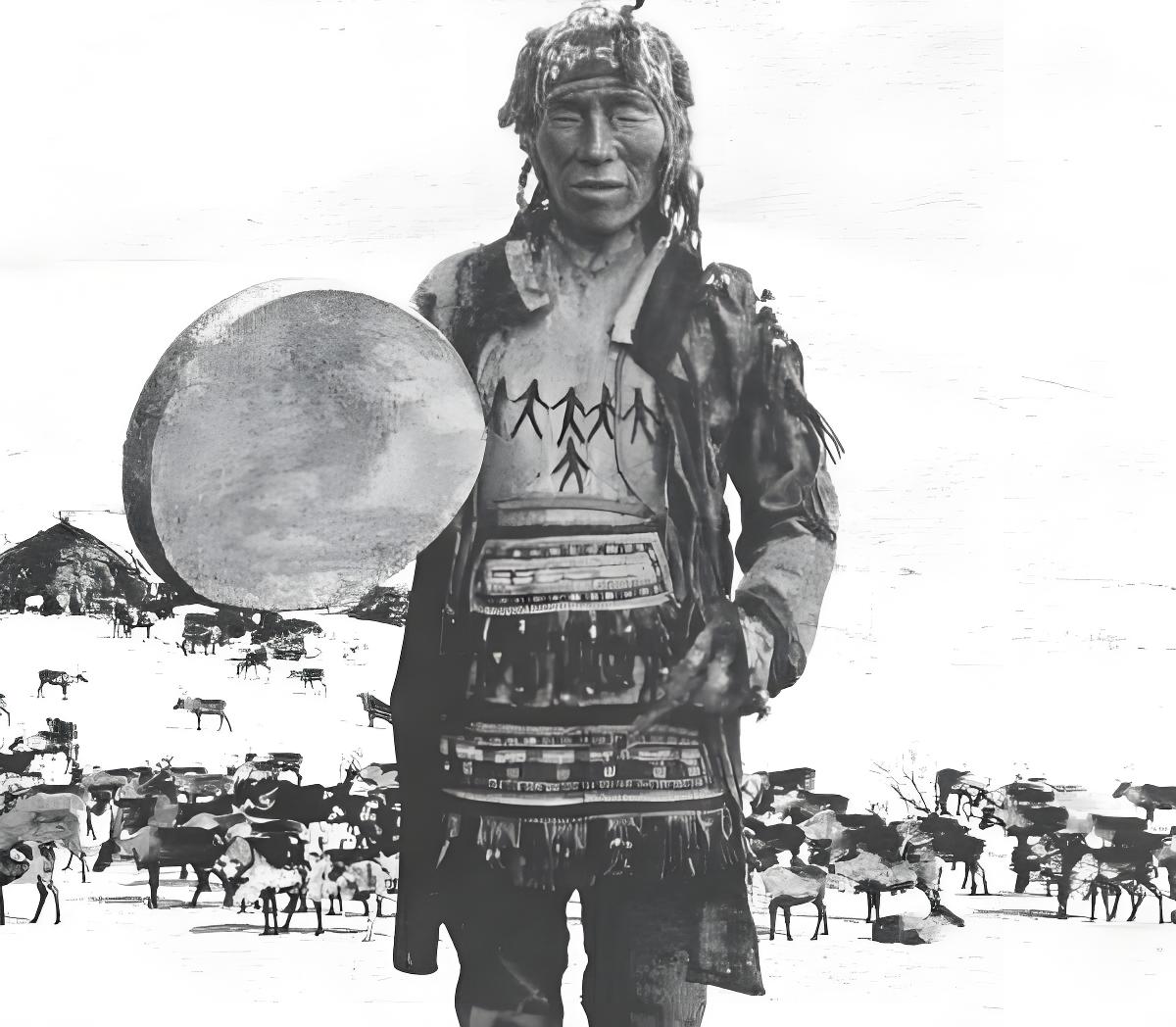
The Artistic Value of Color Masks and Costumes in Ancient Northern Shaman Culture
The Historical Origin of Shaman Culture

In ancient times, people connected various natural objects and unpredictable natural phenomena with human life, endowing them with subjective consciousness. This gave rise to primitive religious concepts, among which Shamanism stood out as a widely practiced primitive religion among ancient northern ethnic groups in China. Emerging during the prosperous period of the primitive matriarchal clan society, it was 信奉 (believed in) by ancient northern ethnic groups or tribes such as the Sushen, Wiji, Mohe, Nuzhen, Xiongnu, and Qidan. Even among modern northern ethnic groups like the Manchu, Mongolian, Hezhe, Ewenki, and Kazakh, traces of Shamanism or its customs still remain.
The Natural Belief in Animism

Ancient folk beliefs held that everything has a spirit. The universe was thought to be ruled by a "Heavenly God," while mountains had "Mountain Gods," fire had a "Fire God," wind had a "Wind God," rain had a "Rain God," and the earth was home to various animal deities. Shamans, regarded as intermediaries between gods and humans, served to convey people's prayers and wishes to the gods and transmit divine will to humans. Their life's work revolved around attempting to grasp the secrets and powers of superlife forms through various spiritual means.
The Cultural Value of Shamanic Rituals

During Shamanic religious ceremonies, numerous ritual instruments were used, including divine altars, waist bells, bronze mirrors, hand drums, and drum whips. These instruments were often engraved or painted with various divine motifs, especially the richly colored spiritual masks on divine altars and hand drums. Manchu masks, in particular, hold immense value in art, academia, folklore, and culture. Discover more about Shamanic art through our Kickstarter project!
The Artistic Charm of Shaman Costumes

Manchu Shaman masks were primarily used during wild god worship rituals. During these ceremonies, shamans would imitate various animals or supernatural beings according to the ritual's requirements. To avoid being recognized by the deceased or spirits, they would wear masks and shield their faces with colored tassels from their divine hats. Dressed in Shamanic robes, wearing waist bells, holding a drum in their left hand and a drum whip in their right, they would beat the divine drum and sing sacred songs to the accompaniment of raised drums and other percussion instruments, creating an atmosphere steeped in mystery.
The Geographical Reach of Shaman Culture

The practice of Shamanism's primitive beliefs spanned a vast region, covering northern Asia, northern and central Europe, and North America. For centuries, the Manchu people have believed in and inherited Shamanism, which aligns with the ancient polytheistic beliefs of the Tungusic people. The term "Shaman," first appearing in the Southern Song historical document San Chao Bei Meng Hui Bian, is a Jurchen word meaning "spiritual medium."
According to legend, shamans act as bridges between humans and spirits, responsible for relaying divine messages to mortals and conveying human needs to the gods. This cultural tradition has evolved over time, and today, it survives in various forms, continuing to intrigue those fascinated by the interplay between the spiritual and human worlds.
Through the lens of masks, costumes, and rituals, we glimpse a worldview where art and spirituality are deeply intertwined.



















